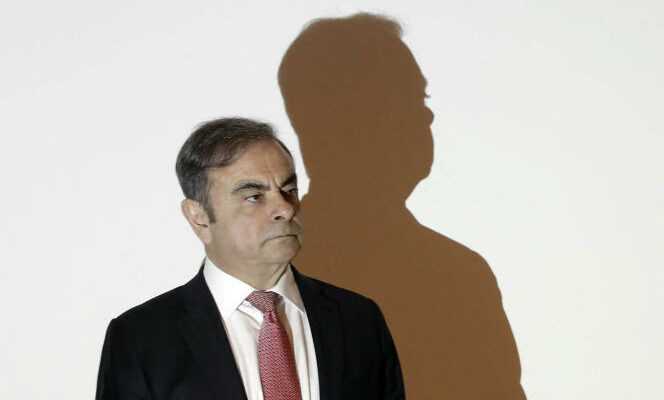VSIt is with a thin paragraph that Carlos Ghosn enters The world on September 5, 1996, when he was appointed deputy managing director of the Renault group, in charge of the automotive group’s industrial activities. As Pascal Galinier recounts in a long portrait devoted to the president of the French manufacturer, Louis Schweitzer, on March 7, 1997, his number 2 was chosen to implement “the severe measures that the CEO is still reluctant to take” at a time when the profitability of Renault’s automotive branch is seriously deteriorating.
“Mr. Schweitzer sends (…) a strong signal internally, by hiring (…) a restructuring specialist from Michelin”, describes the journalist. In less than two years, the unknown Ghosn stands out as a promising and ambitious man. The Franco-Lebanese, “one of the main architects of the spectacular recovery undertaken by Renault for more than two years” (March 18, 1999), is propelled vice-president of Nissan, passed under the control of Renault.
A warning incident?
The first portrait dedicated to him, March 30, 1999, is signed Stéphane Lauer under the title “Carlos Ghosn, the man in a hurry for Renault”: “At 45, this X-Mines is tackling one of the craziest, heaviest, but also one of the most exciting tasks ever entrusted to a French leader: the recovery of the second Japanese car manufacturer. The mission may seem insurmountable, his appointment seems to flow from source, so fast and brilliant is his career. (…) The arrival of Carlos Ghosn, whose nickname “cost-killer” [tueur de coûts] seems to have already been popularized, is also described as beneficial for a society that would have a great need for cleaning. »
“His autobiography, ‘Renaissance’ has already sold 200,000 copies. He is also, since last month, the hero of a manga. » Philippe Pons, correspondent in Tokyo, in 2001
In October 1999, Stéphane Lauer depicted the first steps of a “pattern made in France” who is already entitled to his nickname: “mister seven/eleven”, like the American neighborhood grocery chain, open from 7 a.m. to 11 p.m. He notes the budding fascination of the Japanese public for this atypical pattern: “The presenter of the program “News Station”, one of the most popular in the country, had summed up, a little quickly: “He looks like Mister Bean, but he is a man of great talent.” »
Barely two years had passed when, on December 26, 2001, Philippe Pons, correspondent in Tokyo, described his incredible success in Japan: “His autobiography, Renaissance, published in October, has already sold 200,000 copies. He is also, since last month, the hero of a manga. » During those years, the French CEO shone all over the world and collected the titles of“man of the year” economic and automotive press.
You have 52.96% of this article left to read. The following is for subscribers only.
